#Biology
Text
EEOC Sexual Assault Lawsuit
I was sexually assaulted at my job repeatedly. I need help getting an employment lawyer to take my case. If you can spare anything I would be eternally grateful. Thank you.
Direct Aid:
CA: $Enyasaint

#pride#gay#art history#asexual#astronomy#astrophotography#ateez#attack on titan#auspol#authors#avengers#baby animals#baking#barbie#batman#beauty#bedroom#bespoke#bibliophile#biology
255 notes
·
View notes
Text
Daily fish fact #765
Lumpfish!
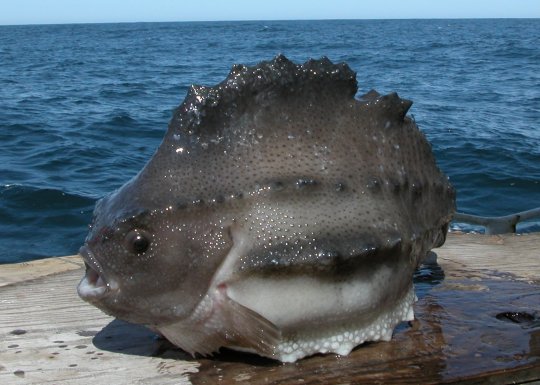
Though they lack a swim bladder, they spend considerable amounts of time in the upper and middle parts of the water column, as well as on the seafloor. They make annual large migrations between deeper open water and shallower coastal breeding grounds.
#fish#fish facts#fishfact#biology#zoology#fishblr#marine biology#marine animals#marine life#sea animals#sea life#sea creatures#lumpfish#lumpsucker
306 notes
·
View notes
Text
I appreciate how humans have little phenotypic variation compared to most other animals, with the vast majority of people's relative bodily proportions (i.e., the sizes of their body parts relative to each other) falling into a very narrow range, and then breasts and penises have no standard sizes at all. Absolutely no consistent, sensible, or even predictable relationship between the size of the dick or boob and the size of the person it's attached to – straight up clown anatomy.
344 notes
·
View notes
Text
GLOW IN THE DARK FIREFLY SQUID ENAMEL PIN KICKSTARTER
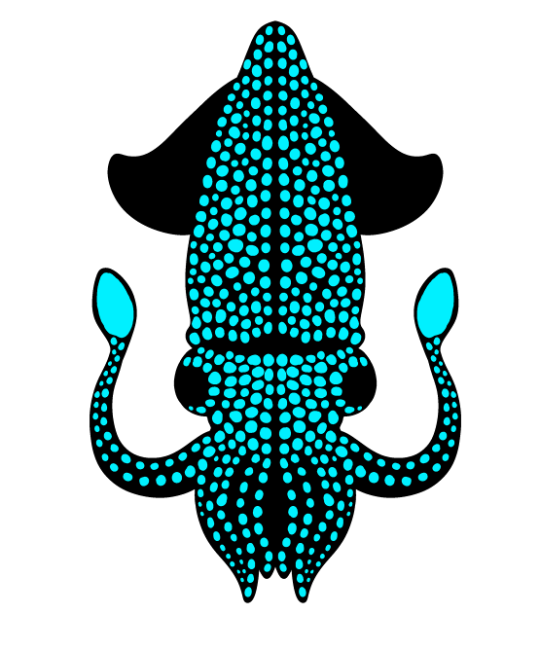
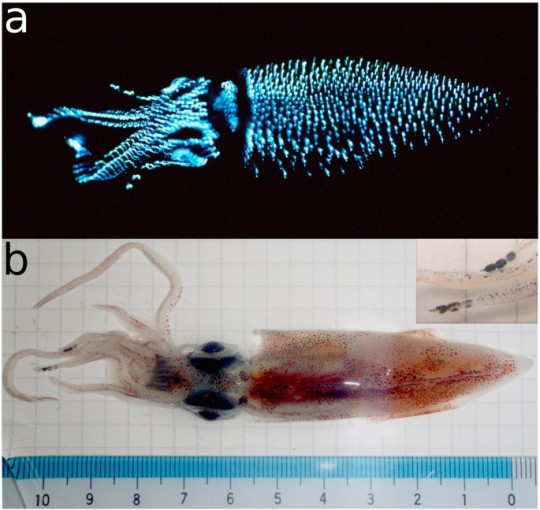
Oh okay, kickstarter approved it right away! Limited to a production run of 100, final pin might vary slightly (either the sparkles will have to be larger or they'll have to make the pin slightly larger, they're getting back to me on that)
207 notes
·
View notes
Text

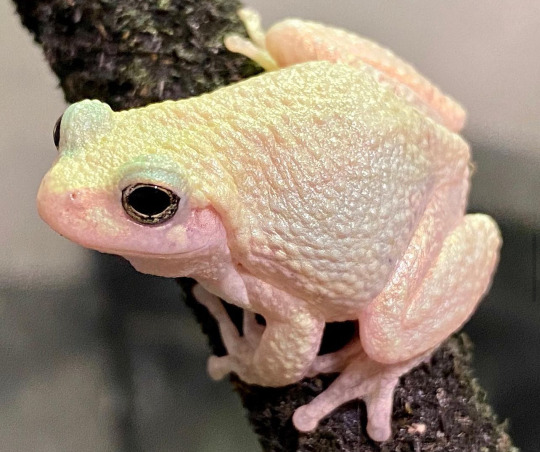
leucistic cope’s gray tree frog by atreefrogcollective looks pearlescent
#cope’s gray tree frog#tree frog#leucism#leucistic#amphibian#frog#science#animals#frogblr#nature#photography#wildlife#opal#pearl#pearlescent#Dryophytes chrysoscelis#hylidae#biology
190 notes
·
View notes
Text
Only in recent years have scientists found that not everyone has the sense of an inner voice – and a new study sheds some light on how living without an internal monologue affects how language is processed in the brain.
This latest study, from researchers at the University of Copenhagen in Denmark and the University of Wisconsin-Madison in the US, also proposes a new name for the condition of not having any inner speech: anendophasia.
This is similar to (if not the same as) anauralia, a term researchers coined in 2021 for people who don't have an inner voice, nor can they imagine sounds, like a musical tune or siren.
Continue Reading.
186 notes
·
View notes
Text

MOONLESS NIGHT INCREASE COOKIECUTTER SHARK BITES
Cookiecutter sharks are well known for feeding on large animals, and leaving a cookie-cutter-shaped wound, hence that comically name. These are small and dark sharks, typically found in deep tropical and subtropical waters. Despite their small size, these sharks can pose a significant threat, although rarely. Of the seven reported cookiecutter shark attacks on humans worldwide, six occurred in Hawaiʻi. A new research connect the interactions between cookiecutter sharks (Isistius brasiliensis) and humans, particularly among channel swimmers in Hawaiʻi. The study showed how environmental conditions such are moonless night can increase the likelihood of these attacks.

- swimmer bitten twice by cookiecutter sharks.
The nocturnal feeding behavior and zoogeographical habitat of cookiecutter sharks greatly reduces interaction of this species with live humans. However, the growing popularity of channel swimming in Hawaiʻi and swim start times have contributed to an increasing likelihood of live human and cookiecutter shark, according to the researchers, moonless night sky is a significant risk factor for night swimmers.
Photo by Will Stahnke
Reference (Open Access): Minaglia & Liegl 2024. Moonless night sky increases Isistius species (cookiecutter shark) and live human contact. PLoS ONE
#Isistius#cookiecutter shark#elasmobranch#science#marine science#biology#marine biology#med#hawaii#pacific#animals#sciblr#scienceblr#Isistius brasiliensis
123 notes
·
View notes
Text








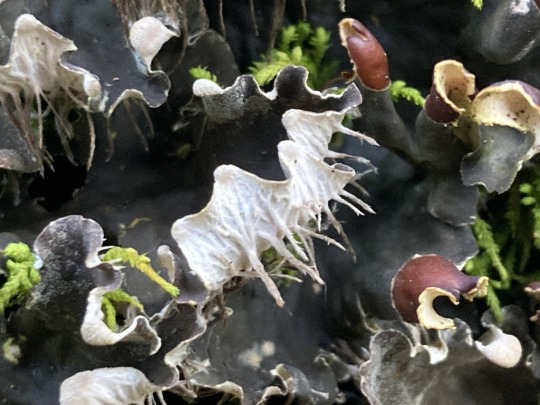

Peltigera evansiana
Peppered dog-lichen, Evan's felt lichen
images: source | source | source
#lichen#lichens#lichenology#lichenologist#mycology#ecology#biology#fungi#fungus#symbiotic organisms#cyanobacteria#Peltigera evansiana#Peltigera#i'm lichen it#lichen a day#daily lichen post#lichen subscribe#nature#natural science#life science#environmental science
76 notes
·
View notes
Text
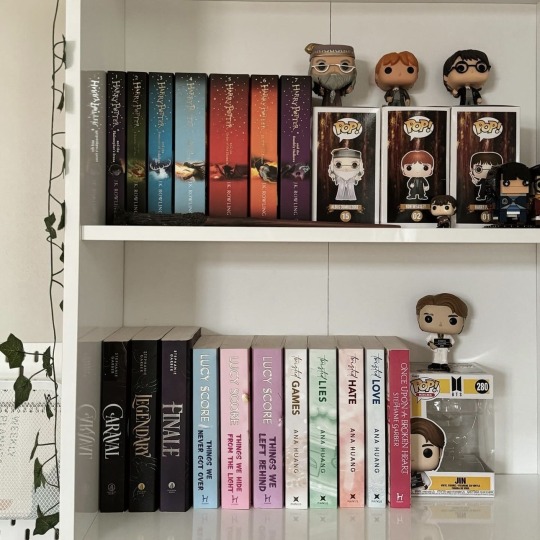

#study motivation#studyabroad#studyspiration#studyinspo#studystudystudy#studyspo#studyvisa#study aesthetic#italy#student life#study studying studygram studyblr studyabroad studyhard studyspo studymotivation studytime studyinspiration studyinspo studyaccount studyblo#study tools#biology#blue#baking#blogging#bookworm#book review#beautiful#basketball#books#blog#black and white#biochemistry#dark acamedia#light academia#dark academia#chaotic academia#book blog#book photography
87 notes
·
View notes
Text
Sweet dreams!
Sharks often congregate beneath ships, especially at night when the ships are lighting the water. This is because plankton is attracted to the light, which essentially draws the successive links in the food chain! Plankton means fish, fish means sharks. I discovered on this night that I could also catch sight of these guys on the occasion that my porthole dipped below the surface, swimming right next to my head while I sleep 😴
#sharks#mostly galapagos reef but potentially silkies and duskies as well#chondrichthyes#elasmobranchs#marine science#marine bio#marine biology studyblr#marine bio studyblr#biology#zoology#marine life#animals#scuba diving#nature#marine biology
77 notes
·
View notes
Text
An extinct sofa-sized turtle may have lived alongside humans
The turtle had a nearly 2-meter-long shell and may have lived as recently as 9,000 years ago
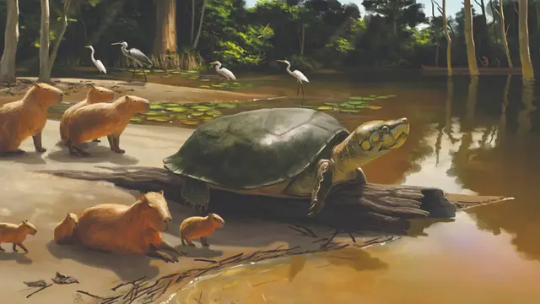
As little as 9,000 years ago, a sofa-sized turtle paddled around the Brazilian Amazon.
The finding, based on a fossilized jawbone, reveals that some of the most massive turtles ever lived relatively close to the modern day. The turtle lived so recently, in fact, it’s possible that people living in South America encountered it, researchers report in the March Biology Letters.
In 2007, gold miners digging near the Amazonian city of Porto Velho uncovered the fossilized remains, later determined by researchers to be part of a turtle’s lower jaw. And it was big.
“When I saw the material, I was very excited because of its size, so we managed to bring the specimen to our lab” at the University of São Paulo, says vertebrate paleontologist Gabriel Ferreira, now at the University of Tübingen in Germany.
Continue reading.
#brazil#science#biology#paleontology#DEFEND BRAZILIAN SCIENCE#GIANT TURTLES GIANT TURTLES GIANT TURTLEEEEEEEEEEEEEEEEEEEEEEEEEEEEEEEEEEEES#mod nise da silveira#image description in alt
35 notes
·
View notes
Text
Daily fish fact #764
Pygmy corydoras!
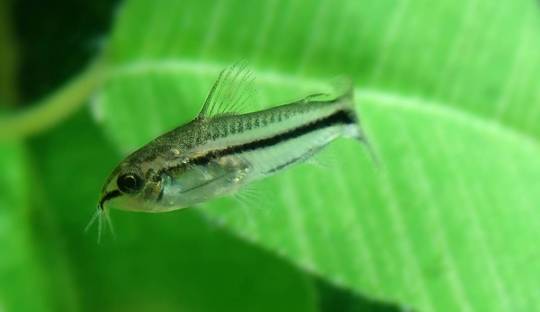
This tiny catfish tends to grow to be about 2.1 cm (0.8 inches). They have an unusual habit of hovering in the water column instead of resting on the bottom!
#fish facts#fishfact#fish#biology#zoology#fishblr#corydoras#cory catfish#corydoras catfish#catfish#pygmy corydoras#pygmy cory#pygmy cory catfish#cory cat
80 notes
·
View notes
Text


Germander Speedwell Veronica chamaedrys
#cottagecore#dirtcore#goblincore#nature#nature photography#biology#ecology#wildlife#wildlife photography#macro photography#flowers#wildflowers#wildflower#botany#horticulture#plants#botanical#flower#floral#spring
33 notes
·
View notes
Text




A simple planning system for those tired of time management, goals, and to-do lists
To engage in something important to you, you need deliberate intention. However, intentions and plans constrain our freedom. On the other hand, when there's too much freedom, it's difficult to make yourself do anything. Inspiration rarely strikes, and it's not enough to achieve significant results.
Therefore, it's extremely important to structure your day. However, many cannot work within a rigid imposed system. Blogger and author Steven Gaius advises creating your own rules. His planning approach combines simplicity, freedom, productivity, and flexibility.
The essence of the system
Most planning systems are rigid, boring, and cumbersome. Even the highly popular strategy by David Allen is too suffocating and costly in practice. Managing the system takes more time than actually doing the tasks. Gaius's approach is simpler and more flexible. His planning system consists of two components: a large calendar and a marker board.
Using the calendar, track progress in habits. For example, you may want to read two pages of a book and meditate every day. When done, mark it off on the calendar.
On the board, write everything else, from one-time tasks to recurring tasks. Gaius suggests categorizing them into four categories:
Frequently recurring tasks. Useful tasks that should be done often but not necessarily daily, such as exercising, tidying up, and replying to emails.
Today's tasks. One-time tasks that need to be completed in a day, like sending a parcel or calling someone. Gaius doesn't include tasks with specific time frames like appointments and doctor's visits - those are recorded on the phone's calendar.
Do soon. Tasks for the next month that don't require immediate attention, like updating a website design or getting a passport photo.
Do someday. Things you want to do in the next 5 years, for example, visit a specific country.
What to do every day
Two or three mini habits. They should be simple, so you won't postpone them, even when tired or short on time.
Two points from the recurring tasks list. For example, work on the computer and exercise. In addition to those or in place of them, any day you can work on tasks from the "Soon" and "Someday" lists. This approach takes into account your primary goals but also allows flexibility to change plans.
One-off compulsory tasks, if any.
Self-assessment at the end of the day.
On any day, tasks from the board can be skipped. Gaius calls this "indulging yourself." Not every day can be equally productive. Life shouldn't be rigidly structured and predictable, unless artificially constrained.
The benefits of such a system
Intention
Every day begins with deliberate goal setting. Without it, much time is wasted deciding which of the many ideas to pursue today. When everything is written on the board, making decisions becomes easier.
Direction
Anyone can achieve an outstanding result once. But success comes from consistently doing great things. Treat each day as a step forward. Consider whether your steps are heading in one direction or going in circles. The four lists on the board and mini-habits will help you see where you're going.
Freedom of choice
Conventional planning systems turn you into a slave. When tasks are scheduled at the same time every day, you're deprived of freedom of choice. This approach is useful for developing new habits but becomes tiring when applied to several areas at once. A list of ideas to choose from won't make you feel like a hostage.
Control
With this system, you become like a general who surveys the battlefield in the morning before battle and determines the next steps. Of course, unforeseen circumstances can't be ruled out, but the freedom of choice will give you a sense of control.
Visualize the process
In the morning, you identify the things to do for the day and immediately visualize how to get them done. For example, today you need to write an article, go to a workout and send packages. Knowing your intentions, you will effectively distribute your time and energy.
What is the secret of the system's success
In its flexibility. On any day you can treat yourself and take a day off. That is, not to do things from the lists on the board, but to perform only mini habits. To some, this much freedom might seem problematic. But Geis finds it necessary.
I'm not likely to take 20 days off in a row. Unless it's for traveling. When I'm home and feeling good, I want to do something productive. I want to be in control of my own life and take a vacation not just once a week, but when I need it.
Steven Geis, blogger, author of MINI Habits - MAXI Results
Imagine you have a cool boss who lets you take as many days off as you want. You'll do this often, of course. But wouldn't you want to be more productive the rest of the time? With this system, you are that kind of boss for yourself.
No other system gives you that kind of opportunity. Most aim for maximum results in minimum time and don't take your well-being into account.
Why it's important to evaluate yourself
It's the most reliable way to motivate yourself. You are simultaneously accountable to yourself and inspired. At the end of the day, simply give yourself a score between 1 and 5. Complicated mathematical grading systems will only create confusion. This way you'll say, “I didn't sleep well today, but I still did X and Y. I'll give myself a 4+” or ”I did a little work, but I know I could have done more. I'll give myself a 3 today.”
This is a visual demonstration of your successes. Take an honest look at the past day. If you're happy with how you spent your time and energy, then you're on the right track. If not, you know what and how to change.
#my day#blogger#unidays#biology#diary#real life#science#university#study motivation#study blog#studying#college student#new studyblr#study aesthetic#study buddy#study community#study hard#study inspiration#study notes#study inspo#study tips#study space#study with me#studyblr community#studygram#studyblr#studystudystudy#studyspo#uni student#studywithme
21 notes
·
View notes
Text
Wasps enter the stone age
Think about animals that use tools. The first ones that come to mind are probably us, other primates and birds. Some of you may think of octopods and even sea urchins. But we don't usually associate insects with tool use.
Here it's important for me to distinguish between tool use and construction. Construction can involve the usage of external materials to build structures that aid the animals - think carpenter bees and termites. Tool use, on the other hand, involves the use of external material to aid in a specific task. Crucially, tools are often discarded after the task is complete.
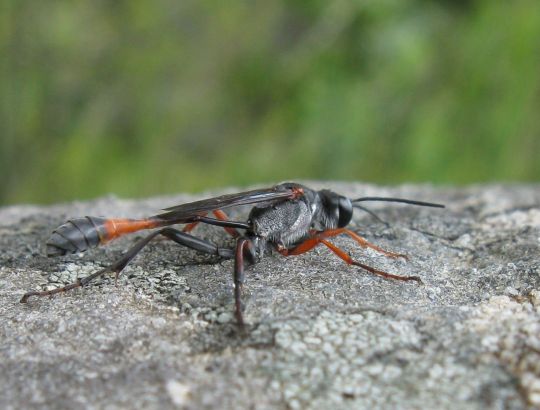
ID: a close-up image of a species of digger wasp, Ammophila ferrugineipes. It has a black body with orange sections on its abdomen and legs. The body is incredibly slender, more so than the more common yellowjacket wasps. It is sat upon a grey rock, and the background is a blurred green.
Digger wasps are a group of wasps that make a nest for their young by, you guessed it, digging. Whilst some wasps use their abdomens to pack down dirt, some use their heads and mandibles to do the same. And interestingly, almost all of these wasps are also NERDS and have figured out how to use tools. They'll take stones and pebbles and repeatedly tap the soil in order to compact it, thereby improving the structural integrity of their burrows. Whilst some then use those stones to block the entrance, most will just throw them away after use.
Isn't that cool? Wasps! In the stone age! Just goes to show that neural complexity and tool use don't really go hand in hand, and that surprising behaviours can develop all across the animal kingdom.
30 notes
·
View notes
Text
Around 8% of human DNA is made up of genetic sequences acquired from ancient viruses. These sequences, known as human endogenous retroviruses (or Hervs), date back hundreds of thousands to millions of years – with some even predating the emergence of Homo sapiens.
Our latest research suggests that some ancient viral DNA sequences in the human genome play a role in susceptibility to psychiatric disorders such as schizophrenia, bipolar disorder and major depressive disorder.
Hervs represent the remnants of these infections with ancient retroviruses. Retroviruses are viruses that insert a copy of their genetic material into the DNA of the cells they infect.
Continue Reading.
159 notes
·
View notes